Tan Trao Special National Monument
Tan Trao National Special Relic Site, Tuyen Quang Province is located in Tan Trao Commune with nearly 140 relics and relic clusters. The relic site is where President Ho Chi Minh and the Central agencies lived and worked during the pre-uprising period and the resistance war against French colonialism, including typical relics such as: Hong Thai Communal House, Na Nua Relic Cluster, Tan Trao Communal House, Tan Trao Banyan Tree... Hong Thai Communal House was built in the 4th year of Khai Dinh (1919) entirely of wood, in the traditional stilt house architectural style, including three rooms, two wings, and a roof thatched with palm leaves to meet the cultural and religious needs of the local community.
Hong Thai Communal House worships the village's tutelary god, the river and mountain gods around the area, and Princess Ngoc Dung. In addition to its cultural and religious values, Hong Thai Communal House also has many historical values. This was Uncle Ho's first stop when he returned from Pac Bo to Tan Trao (May 21, 1945). The Communal House was also chosen as the place to welcome delegates attending the Party's National Cadre Conference (from August 13 to 15, 1945) and the National Congress (from August 16 to 17, 1945).
During the resistance war against French colonialism (1946 - 1954), Hong Thai communal house became the headquarters of the Safety Zone Protection Committee (ATK), considered as the standing office of the central agencies stationed around the area. The communal house was also the headquarters of the ATK Supply Department. After this department moved, many army units were stationed at the communal house to train and perform the task of protecting the central agencies. Not only a place for cultural activities and meetings of local people, Hong Thai communal house also became an address for educating the young generation about patriotic traditions.
Na Nua hut - where President Ho Chi Minh lived and worked from the end of May 1945. |
The Na Nua relic complex includes the following relics: Na Nua hut, Guard hut, Radio hut, Allied hut and the hut for the Party's national cadre conference. Na Nua hut is where President Ho Chi Minh lived and worked from the end of May 1945 to August 22, 1945 to prepare for and lead the August 1945 General Uprising. This is a small hut, located on the slope of Na Nua mountain, at the foot of Hong mountain range. The location of the hut meets Uncle Ho's requirements, which are "near the water source, near the people, far from the national highway, convenient for advance, convenient for retreat".
The hut was built in the style of a stilt house of the mountainous people, hidden under the dense canopy of trees, with pillars made of tree trunks buried in the ground, rafters made of bamboo, and a thatched roof. The hut had two small rooms, the inner room was where Uncle Ho rested, the outer room was where he worked and received guests. In this simple little hut, many documents, instructions, policies, and plans related to the August Revolution of 1945 were drafted by Uncle Ho. On June 4, 1945, at Na Nua Hut, President Ho Chi Minh convened a conference of cadres of the entire area to consolidate the revolutionary base, establish a liberated area, unify the armed forces into a liberation army, and prepare for the national conference of the Party and the National Congress.
Tan Trao Communal House was the place where the National Congress took place - a major historical event that laid the foundation for the success of the August Revolution. Because it is located on a land with a strategic military position, surrounded by mountains and forests on all sides, Tan Trao Communal House was chosen by Uncle Ho and the Party Central Committee as the place to hold the National Congress on August 16 and 17, 1945.
Here, the Congress approved the Party's policy of carrying out the General Uprising; approved 10 major policies of the Viet Minh; stipulated that the national flag of Vietnam is the red flag with a yellow star, the national anthem is Tien Quan Ca and elected the Vietnam National Liberation Committee, i.e. the provisional government, with Ho Chi Minh as President. Under the roof of this communal house, on the morning of August 17, 1945, on behalf of the Vietnam National Liberation Committee, President Ho Chi Minh read the oath in the ceremony to introduce to the nation.
Tan Trao banyan tree - one of the symbols of the revolutionary homeland of Tan Trao. Under this banyan tree, on the afternoon of August 16, 1945, General Vo Nguyen Giap read Military Order No. 1, officially launching the General Uprising to seize power throughout the country. Immediately after that, the Vietnam Liberation Army held a departure ceremony witnessed by the people of Tan Trao commune and 60 national delegates attending the National Congress.
Trong Con Sub-region Revolutionary Historical Relic Site
The Trong Con Sub-region relic site is located in Thac village, Bang Hanh commune, Tuyen Quang province, with National Highway 279 running from Bac Quang commune through Bang Hanh commune to Chiem Hoa commune. From around 1939, the anti-imperialist movement was sparked here when comrade Pham Trung Ngu, a member of the Indochinese Communist Party from Hoa An district of Cao Bang province, was assigned to Bang Hanh commune, now Bang Hanh commune, to build a revolutionary base through teaching.
In just a short time, comrade Pham Trung Ngu aroused patriotism and revolutionary consciousness among the people in the region, denouncing the domination of the French colonialists. However, because he was discovered by the French colonialists, comrade Pham Trung Ngu had to withdraw from Bang Hanh to work elsewhere. Implementing the directive of President Ho Chi Minh, on June 1, 1945, comrade Le Quang Ba (aka Le Tam) and comrade Be Trieu (aka Hai Nam) commanded an armed propaganda team of 54 soldiers to depart from Cao Bang to Bang Hanh to propagate and build a revolutionary base.
To ensure secrecy and safety, the comrades in the Command Committee divided into small groups to propagate and build bases. In just a short time, the armed propaganda team opened many short-term training courses, established guerrilla and self-defense teams, national salvation organizations and named the operating area "Trong Con Sub-region" (named after hero Ly Tu Trong) including the communes of Bang Hanh, Lien Hiep, Kim Ngoc, Vo Diem, Huu San of the old Ha Giang province.
On June 24, 1945, representatives of the revolutionary government of communes in Trong Con sub-region held a rally at Thac Ve, Bang Hanh commune to establish the revolutionary government and the Viet Minh General Front. Here, the people witnessed the revolutionary government burning royal decrees and seals, abolishing the oppressive and exploitative regime of feudal imperialism, organizing people to produce, protecting public order and security, and building a new life.
Since then, the revolutionary movement has grown stronger and stronger, spreading rapidly. In August 1945, the revolutionary movement of the ethnic people in the province grew stronger, together with the whole country rising up to seize power and gain independence. In 1996, the Trong Con Sub-region Revolutionary Historical Site was recognized by the State as a national relic.
Bac Me Cang Revolutionary Historical Site
Bac Me Camp - a historical relic of the anti-French resistance war, located on the slopes of Dragon Mountain in Don Dien village, Yen Cuong commune, Bac Me district, old Ha Giang province. Bac Me Camp was built by the French before 1938 during their occupation of Ha Giang. The French chose to build it here because of its important strategic location, making it easy to control a large area, convenient for French military activities during their occupation here.
Part of the Bac Me Cang Revolutionary Historical Site |
Bac Me Camp was built on the steep, rugged slopes of the cat's ear mountain. Behind it is Dragon Mountain, which acts as a shield to protect this outpost, and in front is the Gam River, which makes it easy to observe and overview the situation. Bac Me Camp was originally built by the French to control the vital route connecting the three northern mountainous provinces: Ha Giang, Tuyen Quang, and Cao Bang. When it was first built, this place was used as a military camp for gathering French soldiers and their henchmen during their occupation of this area.
The reason this place is called Cang Bac Me is because in French, cang means "fortress", and in the local language, Bac Me is "Pac Mia" which is understood as a hut door to refer to the post where the troops were stationed as well as the place where the French colonialists placed their observation posts. Cang Bac Me was built to include a system of posts, information houses, and watchtowers to serve their governing purposes.
From 1939 to 1942, the French turned Bac Me Camp into a prisoner-of-war camp to detain communist soldiers they captured. Taking advantage of the important location of the outpost built in the wild forest, poisonous water and dangerous terrain of this area, they captured political prisoners and patriotic communist soldiers and imprisoned them here.
Every day, those soldiers had to endure torture and had to work in harsh, miserable conditions under their strict control in order to suppress the patriotism and revolutionary will of those they called Viet Cong. However, all those hardships could not overcome the indomitable will of our people. The patriots turned their pain into action, turning their prison into a political school.
They established a Party cell in the prison, actively distributed leaflets, and contacted the people and soldiers outside. Faced with the strong struggles of prisoners and people in the area, they were forced to change the place of detention of communist comrades to other places. By 1992, Bac Me Camp was recognized as a national historical revolutionary relic.
It can be said that each historical site bears a strong mark of the heroic revolutionary journey of the nation that is extremely proud. It is a place for every tourist to return to the source to learn about the traditions of their ancestors, to draw lessons about patriotism, and to strive to build the homeland and country to become more and more prosperous and civilized.
Hieu Anh (Synthesis)
Source: https://baotuyenquang.com.vn/van-hoa/du-lich/202508/tu-hao-tren-que-huong-cach-mang-a663f77/


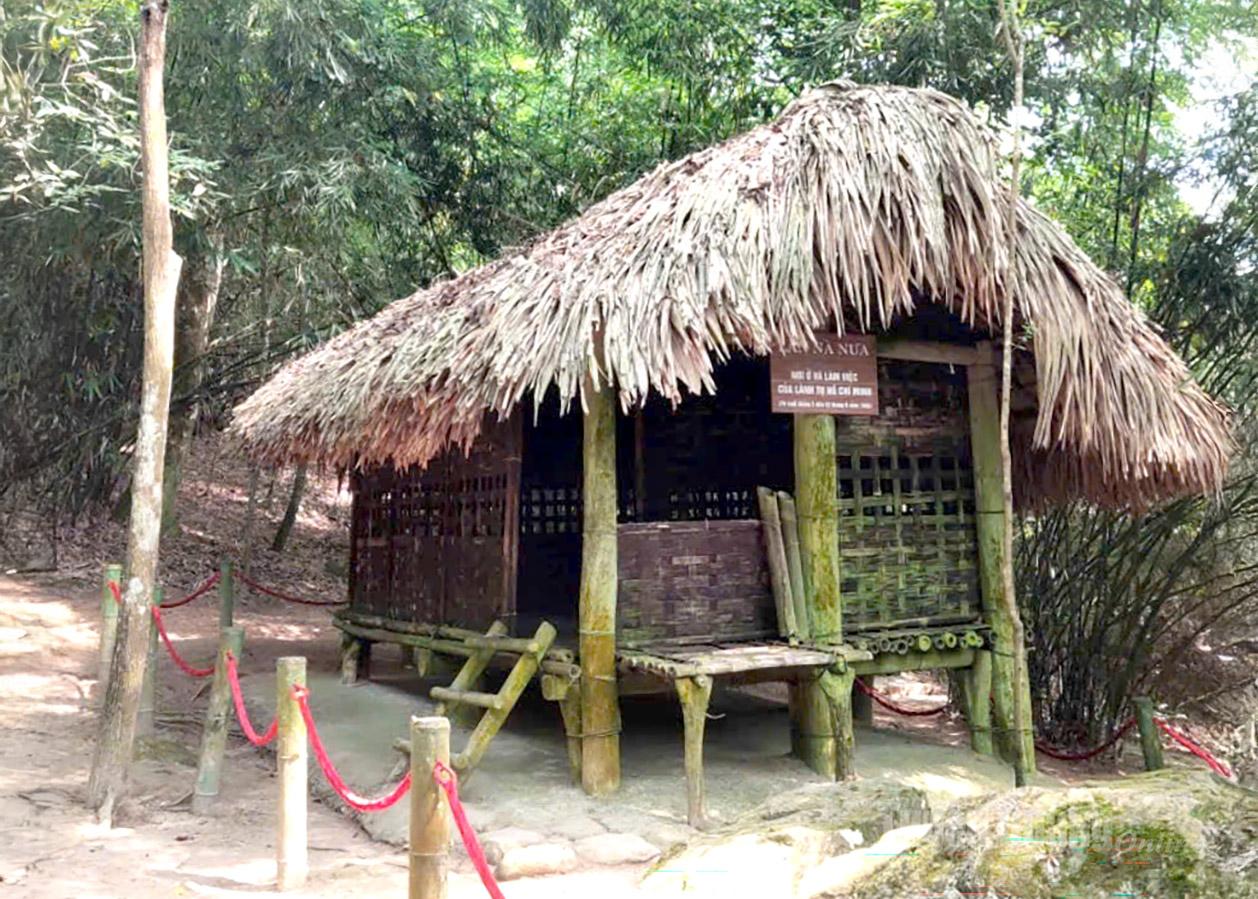

![[Photo] Urgently help people soon have a place to live and stabilize their lives](/_next/image?url=https%3A%2F%2Fvphoto.vietnam.vn%2Fthumb%2F1200x675%2Fvietnam%2Fresource%2FIMAGE%2F2025%2F12%2F09%2F1765248230297_c-jpg.webp&w=3840&q=75)





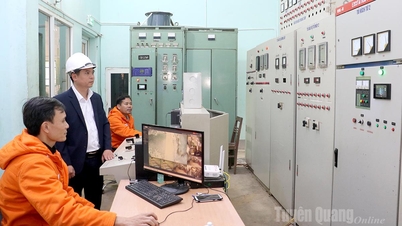


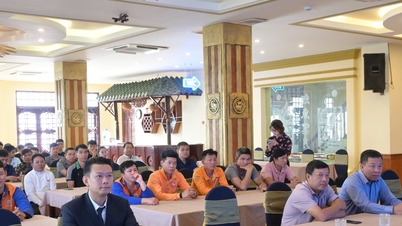



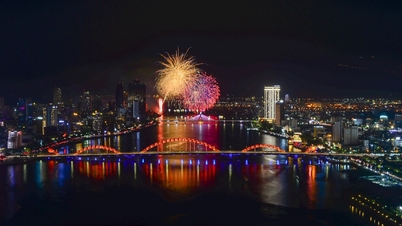


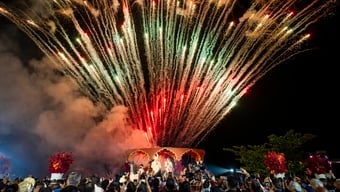
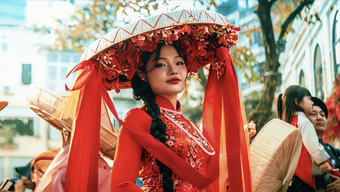

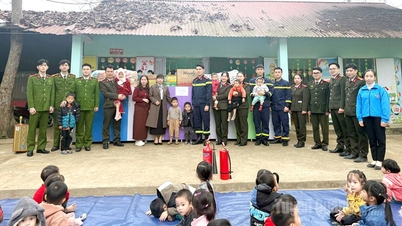



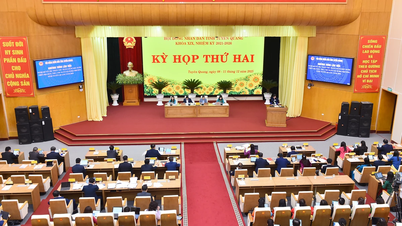
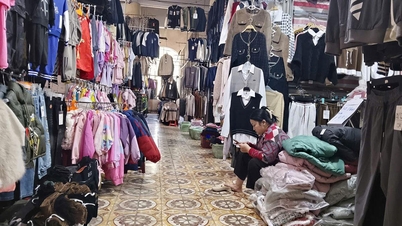

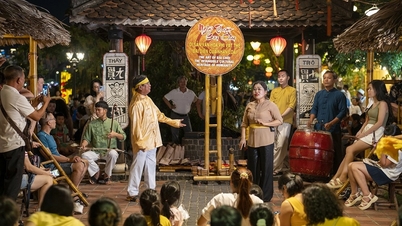




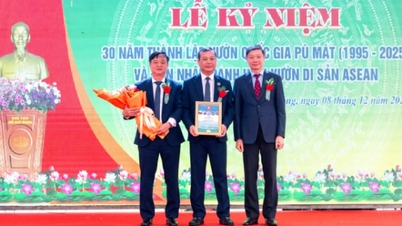


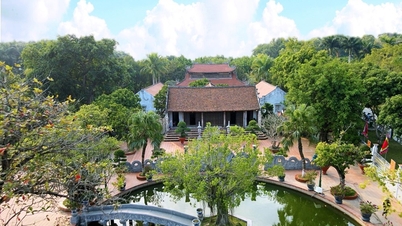
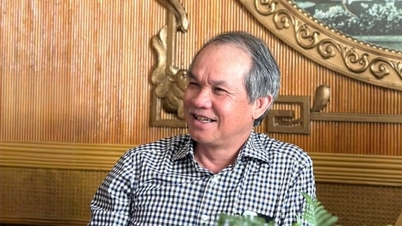
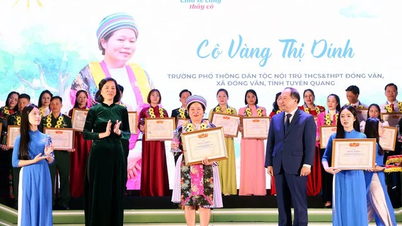

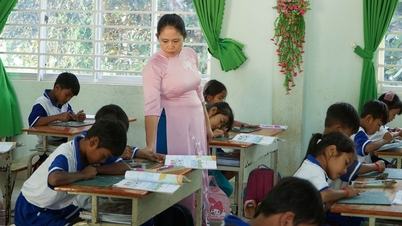

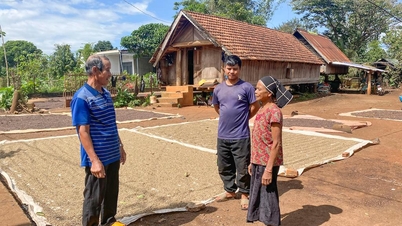



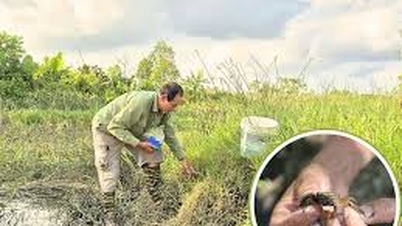



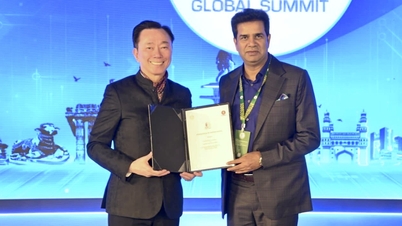

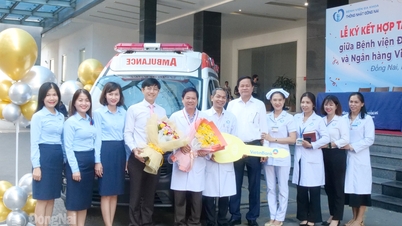

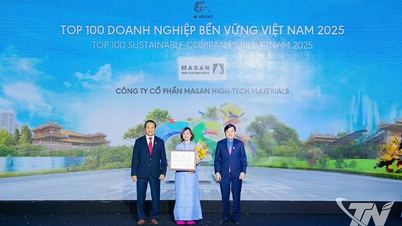


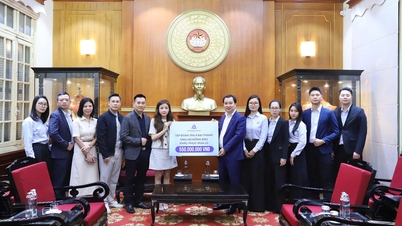

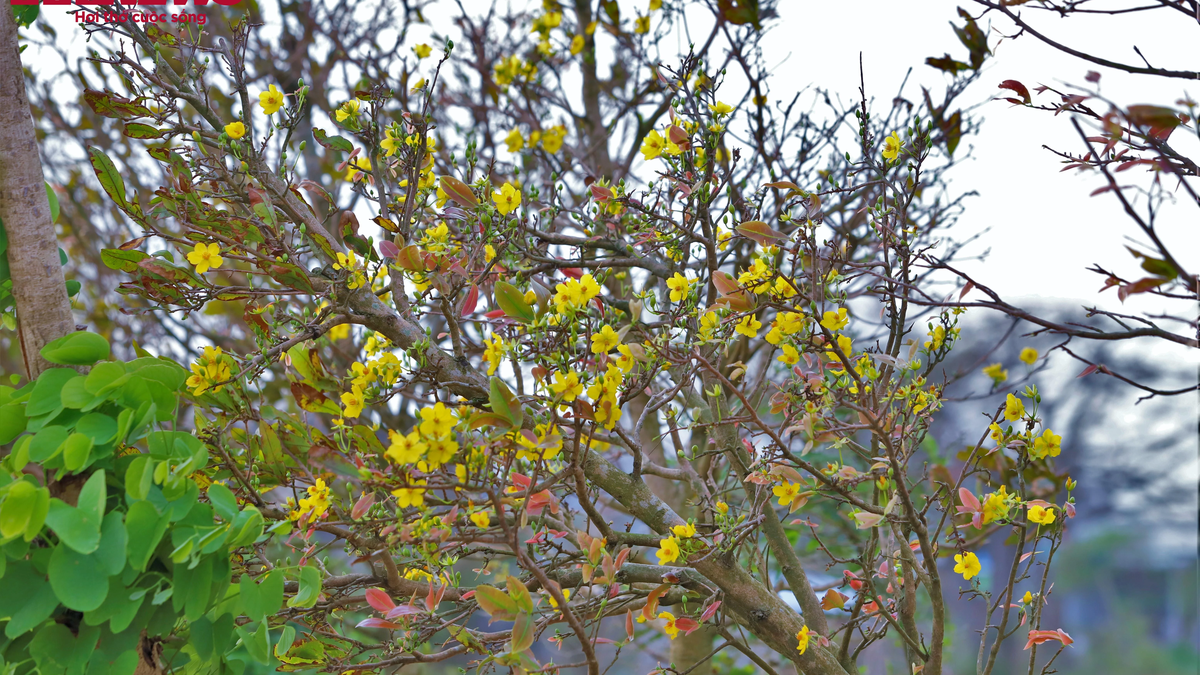
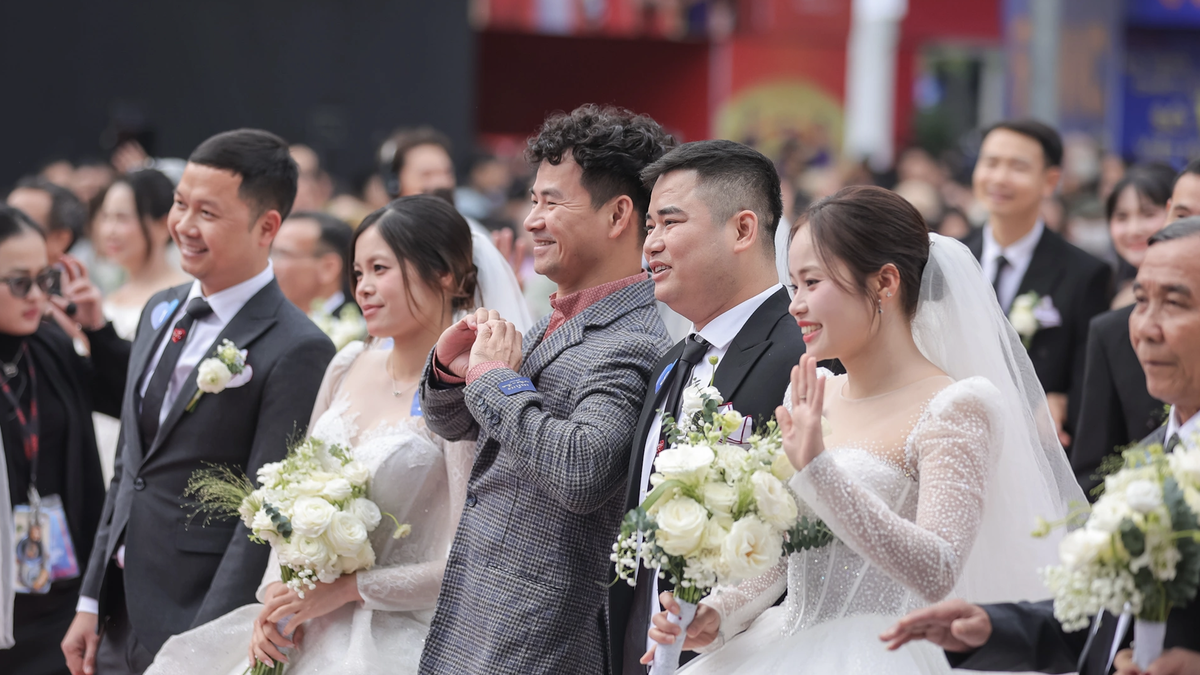
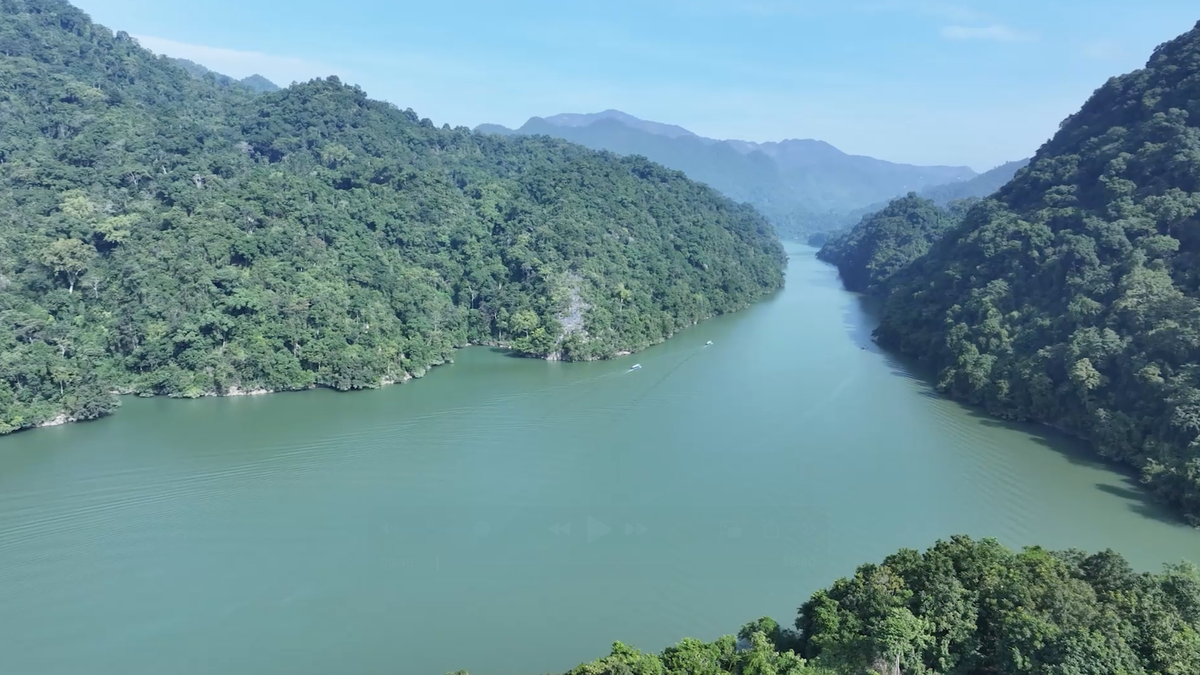



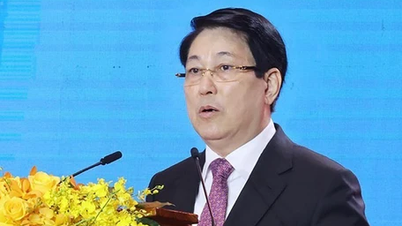
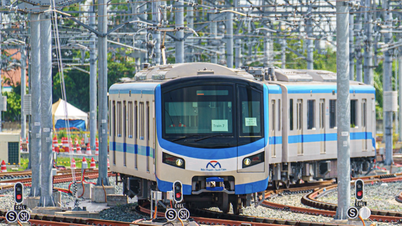

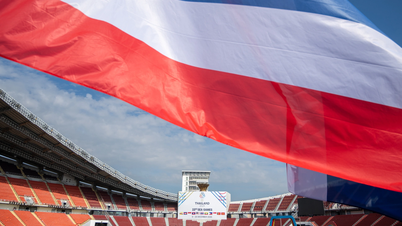

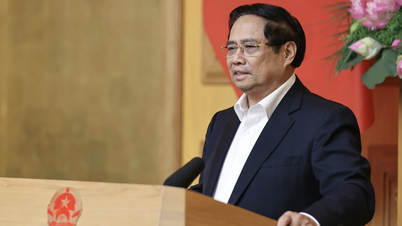


![[Photo] General Secretary To Lam works with the Standing Committees of the 14th Party Congress Subcommittees](https://vphoto.vietnam.vn/thumb/402x226/vietnam/resource/IMAGE/2025/12/09/1765265023554_image.jpeg)
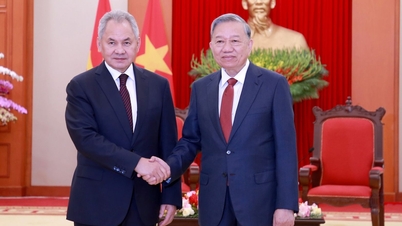




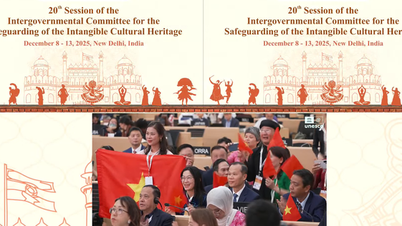

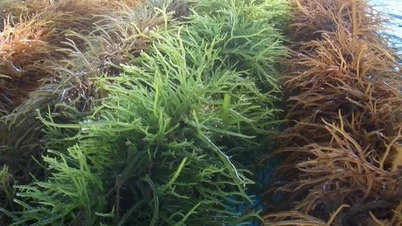
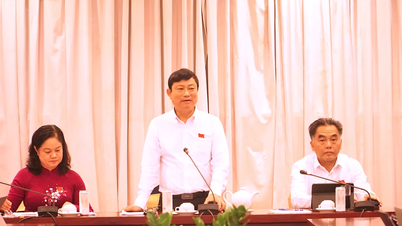

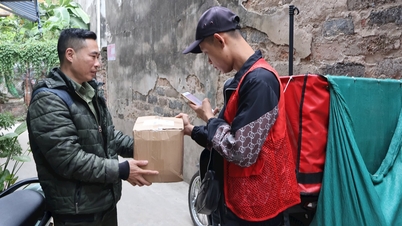

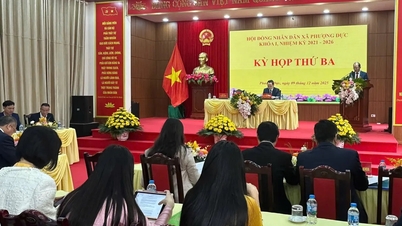
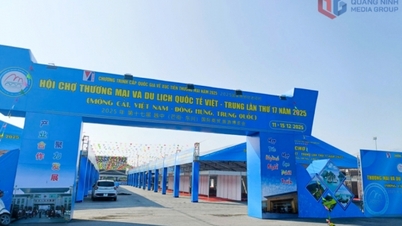
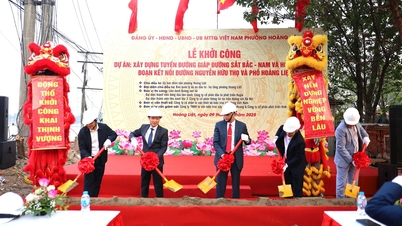


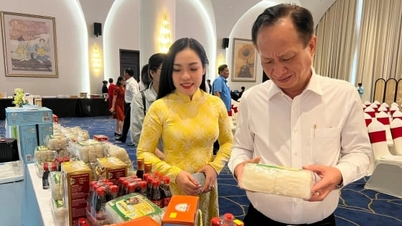















Comment (0)